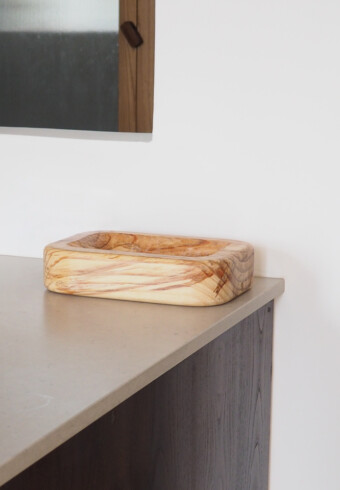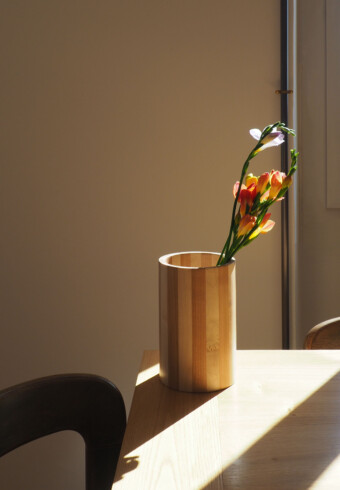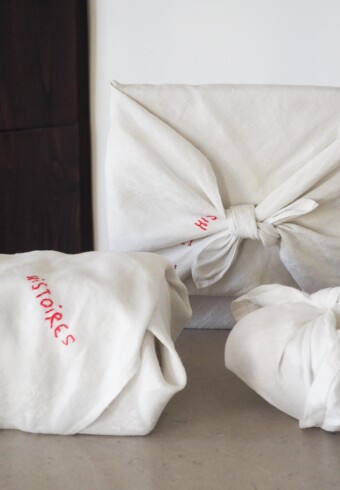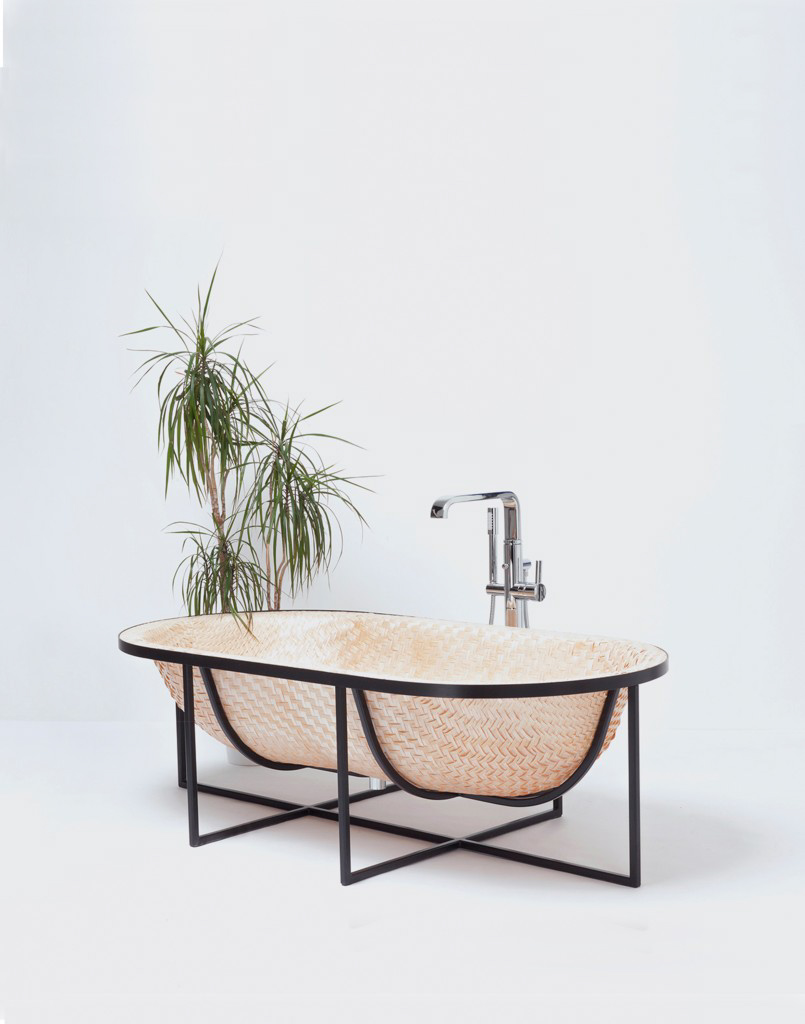
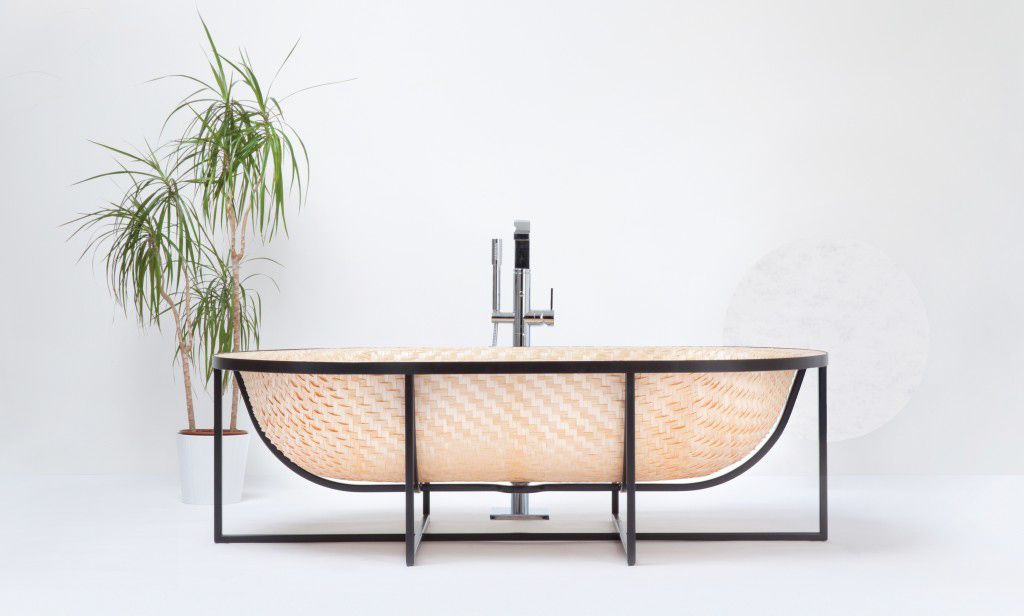
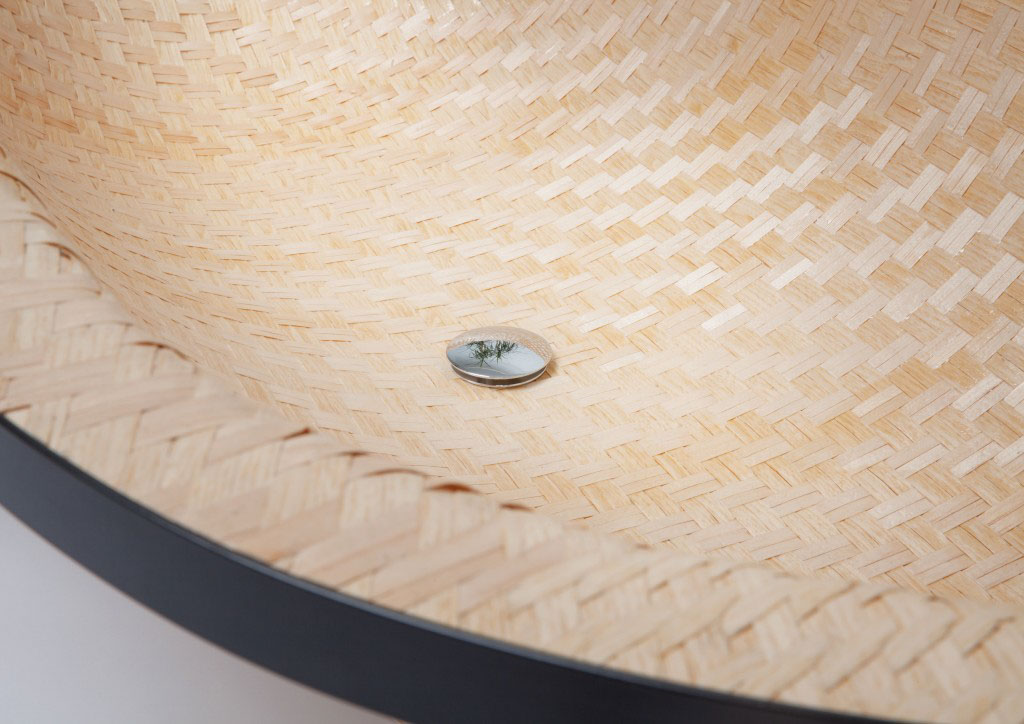
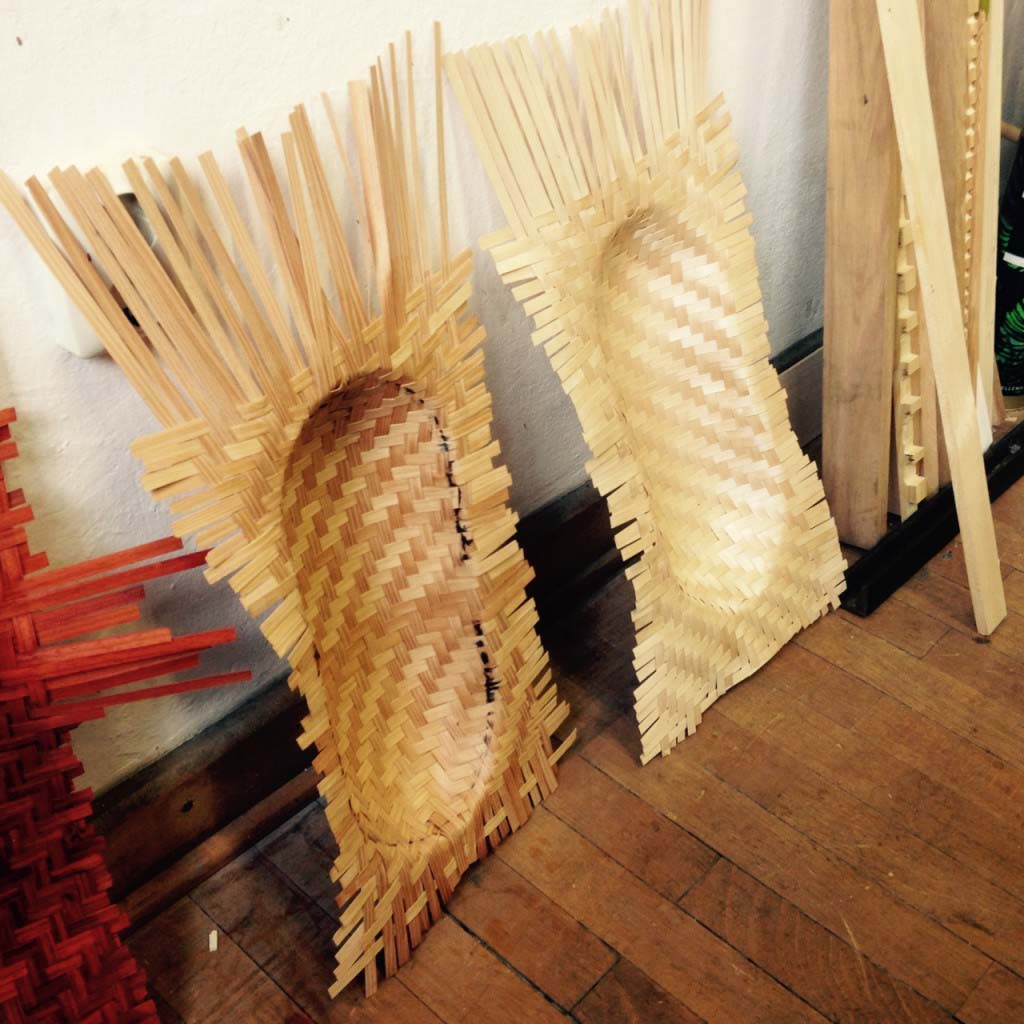
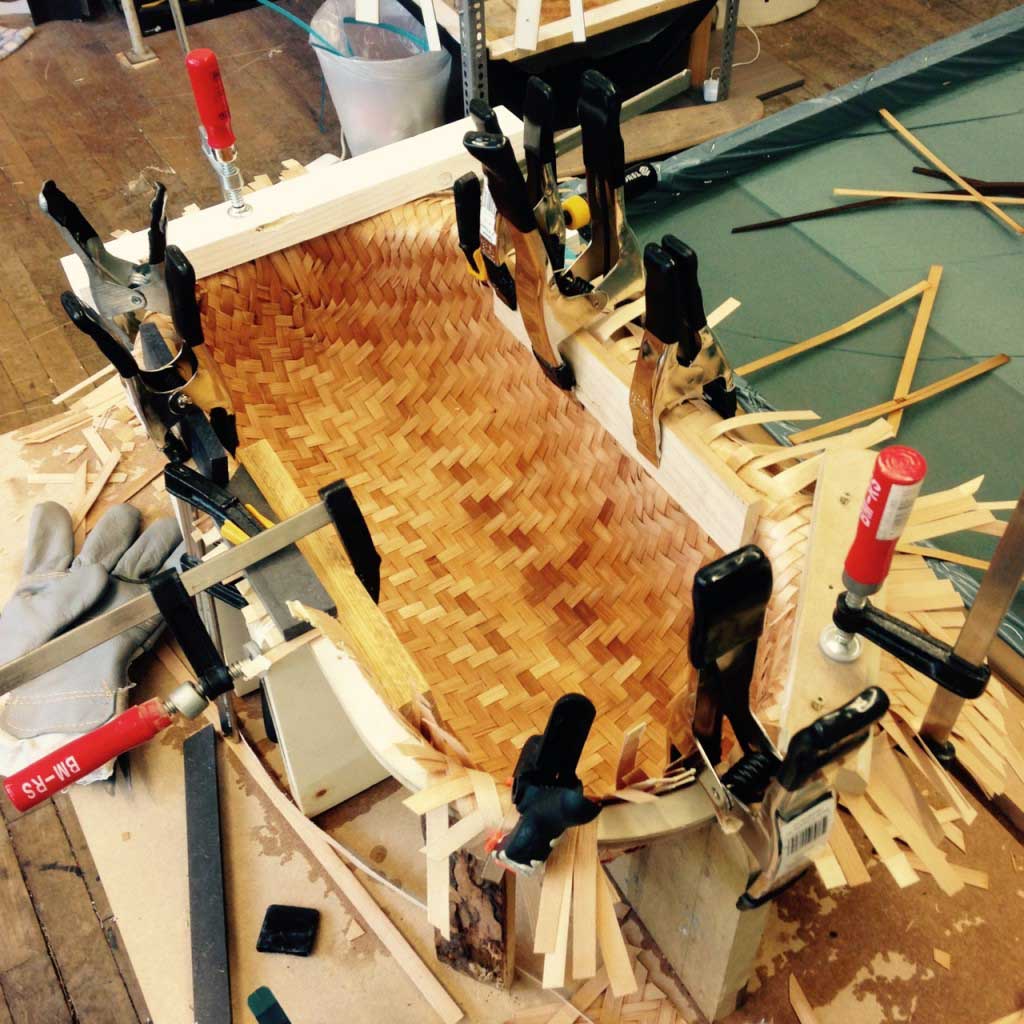
Otaku Tal Engel

Tal Engel is a young Israeli designer. Having studied at the University of the Arts in Berlin, he presents Otaku, his thesis project.
The starting point of the project was the bathroom. Tal considers this room to be the most important of our living spaces because it is very private to everyone. Often very poor in terms of design, the classic bathroom consists of an imposing white bathtub, reflecting a cold atmosphere. The objective of the Otaku project is to rethink our experience with our bathtub, to reinterpret it to make it a design object that satisfies us visually… and technically.
The “inside out” theory
The peculiarity of the Otaku bathtub comes from its composition, mainly made from wood. Tal was first of all inspired by traditional techniques for building Asian boats - Vietnamese in particular - such as the coracle, a primitive boat made from woven bamboo. To become waterproof, the coracle was coated with resin and coconut oil. His first thoughts then underline a unique relationship between the boat and the bathtub, a paradoxical similarity in which the “inside-out” theory emerges. Physically, the action of the boat floating on the sea differs from the action of washing in a bathtub: the outside of the boat, which has a direct relationship with the water, becomes the inside of the bathtub which is filled by the water.
The material at the heart of the process
From a technical point of view, importance has been given to the choice of materials and their reaction to the liquid. When sprayed with water, the wood veneer bends very quickly. Conversely, it returns to its original flat shape when dry. It was then necessary to use a complementary substance capable of being sufficiently efficient to support the veneer, stabilize and retain the final shape of the wood, but also resist water. Polyurethane, a polymeric substance, was then combined with transparent liquid rubber. This mixture of a high viscosity level after polymerization makes the bathtub resistant against strong impacts. Weaving was also a key element of the project. As pressure - especially on the body - can be applied to the bathtub, the latter had to be extremely resistant to prevent the materials from breaking or deforming.
Tal turned to the basketwork techniques of the natives. Such a process of weaving flexible materials seemed suitable for the Otaku project, and therefore inspired him. He therefore used a weaving technique called "twilled toes", creating a staircase pattern and above all making it possible to create a structure that was both strong and flexible. Once all the elements in hand, the manufacturing process could begin. Once the veneered wood structure is made and woven, it is steam worked to become malleable. It is then inserted on the mold of the bathtub, to take its final shape. The wooden structure is finally placed on a black steel frame, which appears thin but also solid.
WE love
The series of experiments inspired by ancestral know-how to achieve the best possible result. An atypical but contemporary bathtub that could revive more than a bathroom.




- Photographer: Tal Engel
- Location: Tel Aviv, Israel
- Year: 2016
- Website: http://www.talengel.com
Share
